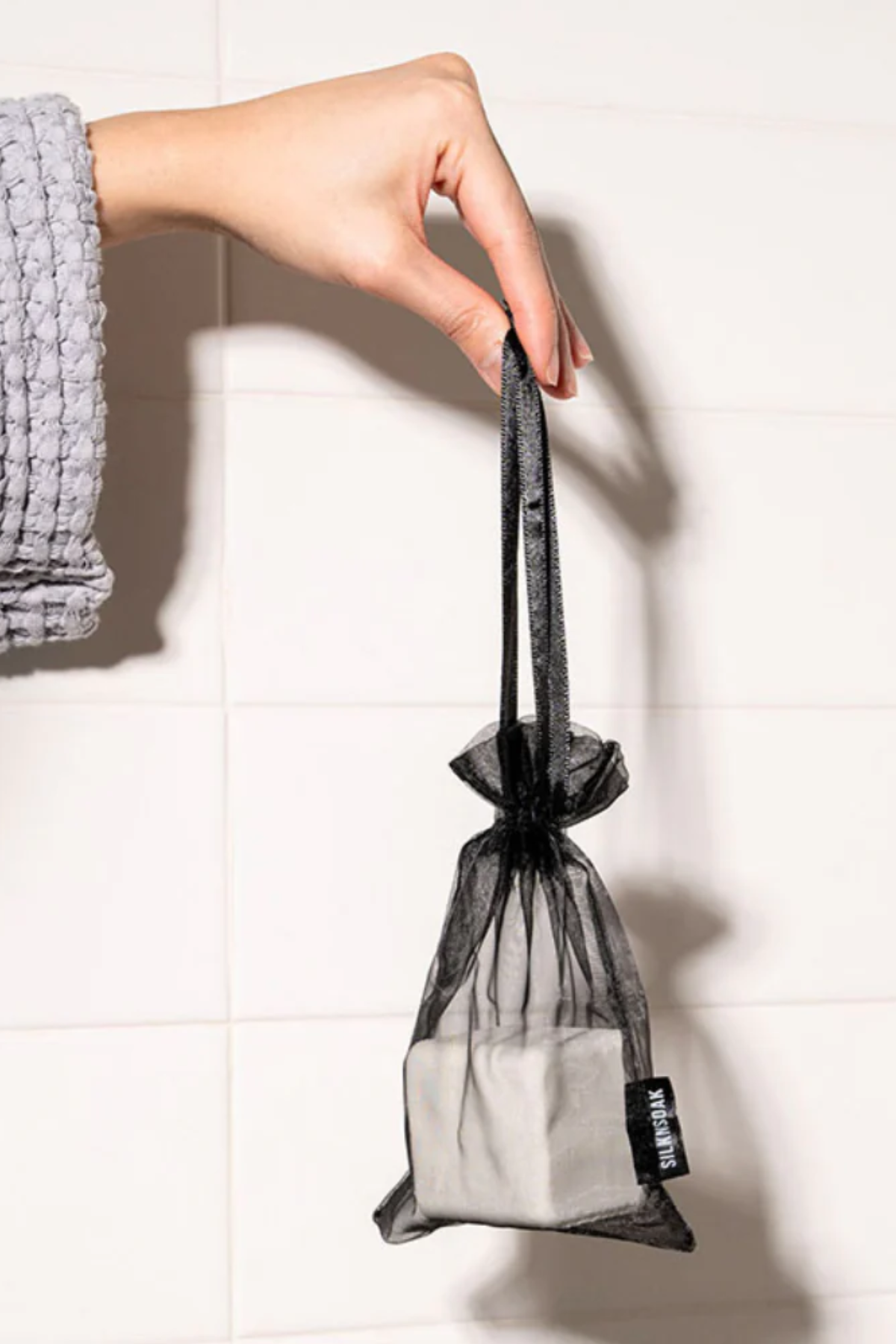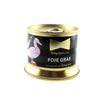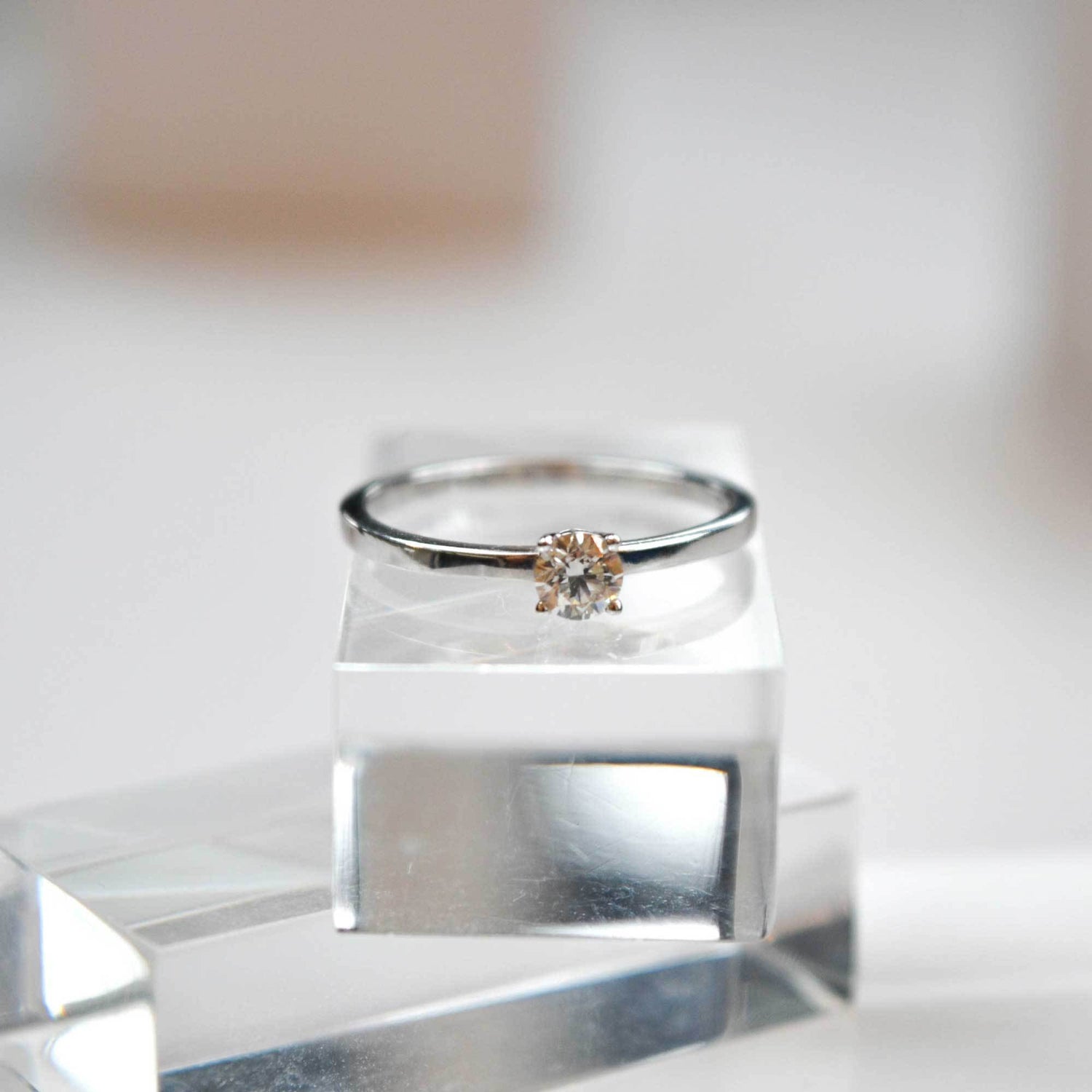Shirley Bassey sang Diamonds are forever while Marylin Monroe sang Diamonds are a girl's bestfriend ; both demonstrate the importance of this precious stone in popular culture, but also the mythical aspect it has taken on in people's minds. However, while advertising slogans continue to extol their value and enrich the luxury image associated with them, the purity of the diamond is bound to be called into question. For those who plan to adorn themselves with it, one question remains unavoidable: at what price? And there is no question here of financial means.
A deceptive apparent purity

“ We decided to use lab-grown diamonds for three main reasons. No mining is required, they have the same physical, chemical and optical properties as mined diamonds, and lastly, they offer excellent value for money and are more affordable than natural diamonds. – Myel Design , one of the pioneering companies in the use of laboratory diamonds in Quebec.
The production of natural diamonds is an extremely lucrative business activity. But all these benefits have environmental and human costs. Like any mining industry, the extraction of diamonds requires the digging of mines which are very often enormous, given the disparity of the deposits on the sites of exploitation (Myel, nd, para. 9) . This leads to the devastation of natural environments and habitats and, consequently, serious disturbances of the ecosystems concerned. This is without taking into account the effects of the withdrawal of vegetation and the first layers of soil on the stability of the latter.
In short, the production of diamonds, like many industrial activities related to the extraction of natural resources, has harmful consequences on the environment. The problem is that there is no alternative so far on the ground to limit the damage, unlike industries such as the timber industry, especially since the major diamond mining communities are located in countries where states do not necessarily have the means to regulate their industries in general (Schubnel, nd, para. 6-17) .

credit: Myel Design
This last fact is all the more obvious at the human level. In some countries, mining is still carried out by ill-equipped miners who risk their health, if not their lives, to extract what is called “the riches of the soil”. To this workforce working in conditions so horrible that they can no longer be described as precarious is added the whole relationship to crime that surrounds the sale of diamonds. Indeed, this activity, being extremely lucrative, attracts illegal trafficking activities. The phenomenon is all the more present in certain operating regions where the political situation is unstable. The diamond trade then finances armed groups, trafficking and other criminal activities of all kinds (Gautier, nd, para. 25) . The diamond is therefore far from being as immaculate as it seems; under its surface hide multiple impurities.
The unexplored facet of the diamond
Nowadays, there are alternatives to this gemstone which otherwise has a heavy ethical and ecological record. We mainly know the laboratory diamond, also known as synthetic diamond or cultured diamond. The principle is quite simple: in the laboratory, we artificially recreate the conditions necessary for the creation of diamonds in nature. It is then a question of subjecting carbon to a certain pressure at a certain temperature by relying on diamond samples to achieve this. The process is therefore carried out in accelerated mode; no need to wait for thousands of years of seismic and volcanic activity to transform carbon minerals into rough diamonds (Fontaine, 2019, para. 4).
It is therefore now possible to harvest more diamonds with the same properties as those found in nature in a shorter period of time. This then relatively reduces the scarcity of the product in addition to reducing its production costs; it is therefore possible to reduce the price associated with the acquisition of such a stone by nearly 30% (Flamme en rose, 2019, par. 2) . Also, the laboratory approach has a much smaller ecological footprint, as can be understood by the fact that there is no need to affect the environment to obtain the desired product. These diamonds are also kept further away from crime, in addition to seeing their creators rebellious to the difficult working conditions of traditional extractors.
However, the synthetic diamond is not the only alternative to the natural diamond; moissanite also offers itself as an effective alternative. This stone, like the cultured diamond, is mainly a synthetic stone and is therefore attributed the same ecological and ethical advantages. In addition, the financial prerogatives relating to moissanite are also like those of synthetic diamonds, i.e. a cost around 20% lower than that of natural diamonds. In addition, the origin of this stone is always known and guaranteed to respect ethical and environmental principles, since only one company has the necessary permits and authorizations to produce it (Flamme en rose, nd, paras. 1, 8 and 10- 11) .
Ultimately, alternatives to natural diamonds are possible and have a much more positive ethical and environmental balance sheet in addition to being more affordable. These stones make the diamond more accessible, democratizing its possession. Several detractors still remain in the more conservative circles of jewelry, invoking the fact that not being subject to a millennial evolution and removed from the bowels of the Earth, a laboratory diamond would be less valuable; it would be a low-end stone (Saint-Laurent in Fontaine, 2019, para. 15). It then comes down to defining what gives value to a stone: its sentimental value when it is offered or the blood and sweat poured out to extract it from the ground? The memories attached to it or the ecological devastation caused by its exploitation? The ethical and ecological values it evokes or the extreme lucrativeness of its industry?
The mythical diamond must be questioned and skeptics of its alternatives must be confounded; the diamond, by the damage it causes, is no longer popular and must be replaced on the market by stones that are more human in the values they convey. Synthetic diamonds and moissanite, which are almost identical to natural diamonds, must be better known and promoted, because to what extent can we still accept the human and ecological cost of the exploitation of traditional precious stones?

Reviewed by Marie-Pascale
Cover photo: Myel Design









































Leave a comment
This site is protected by hCaptcha and the hCaptcha Privacy Policy and Terms of Service apply.